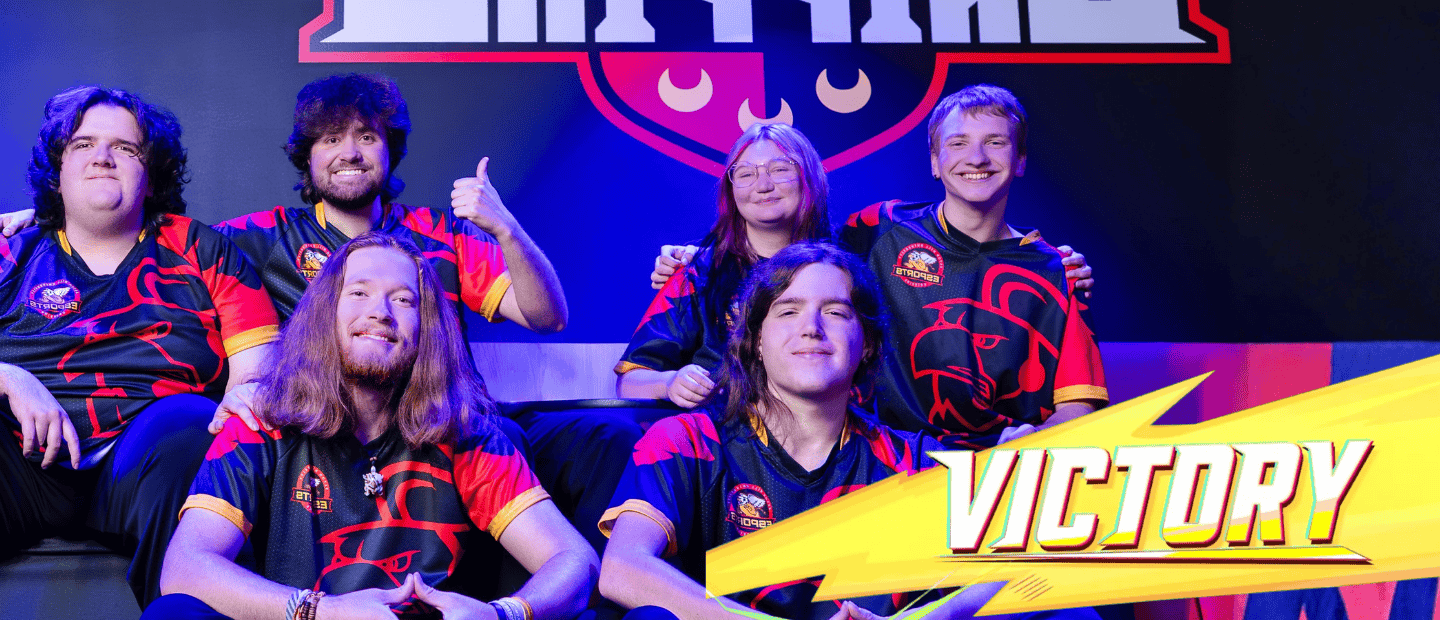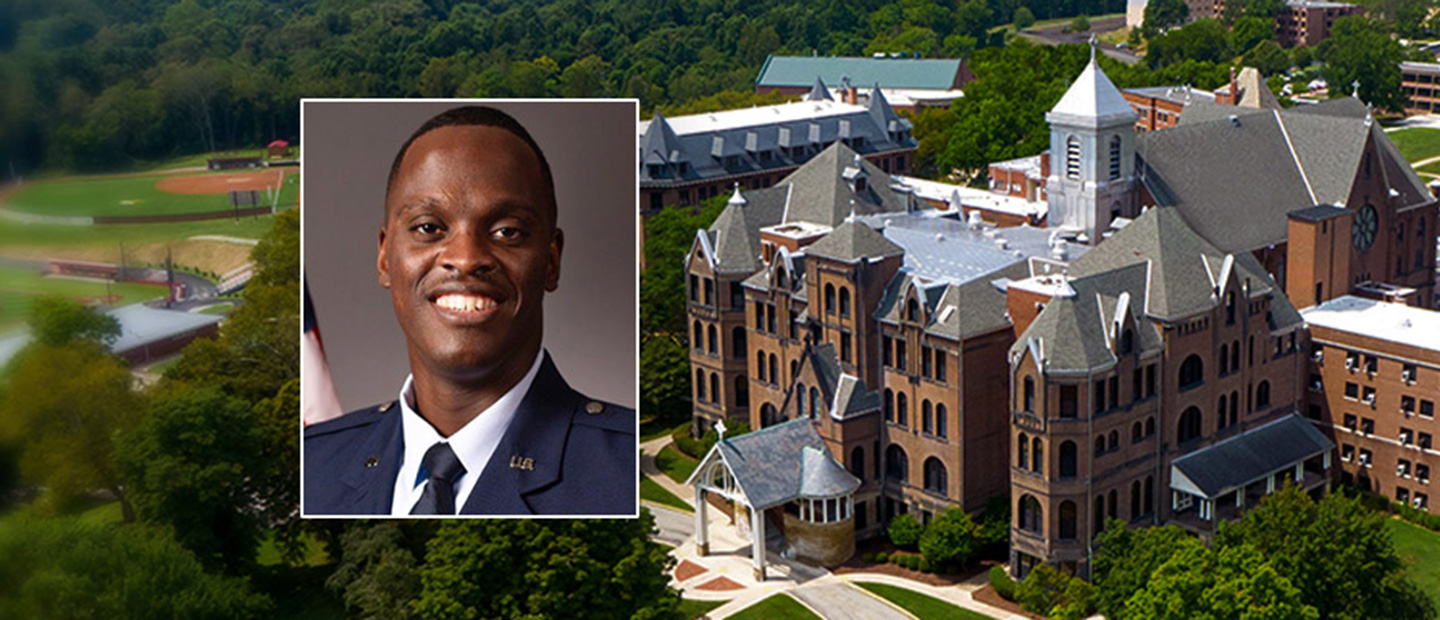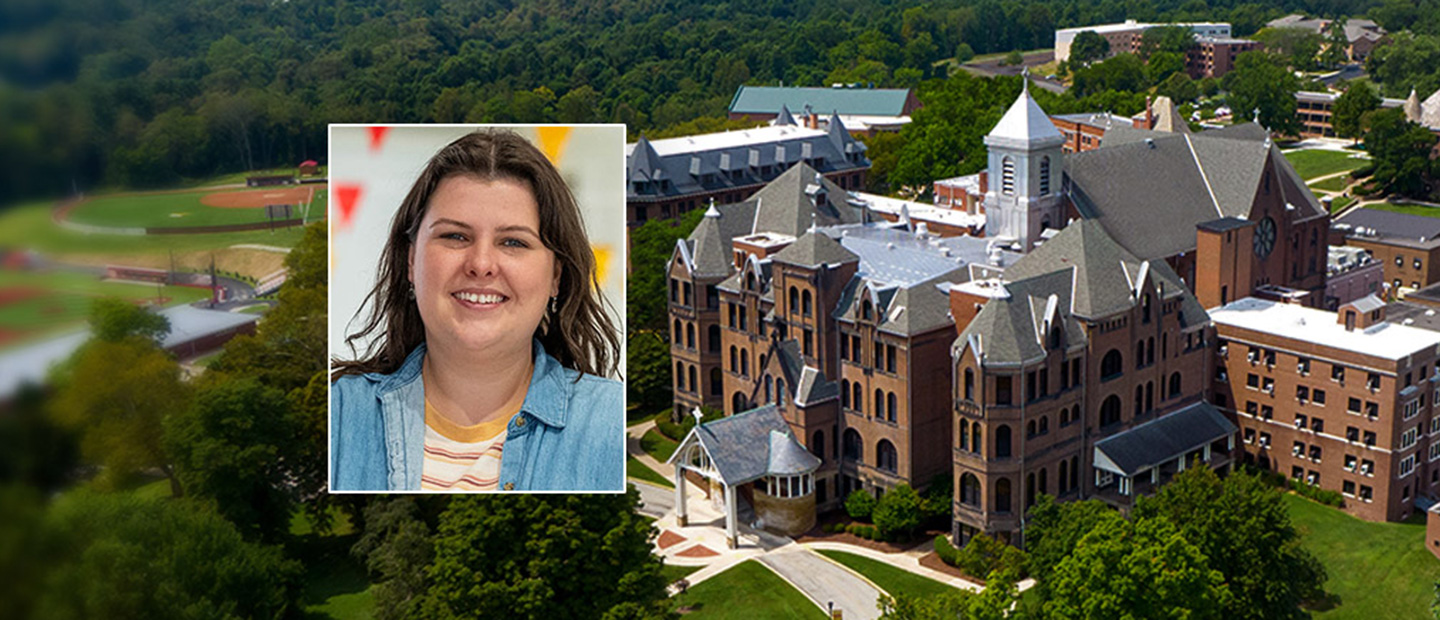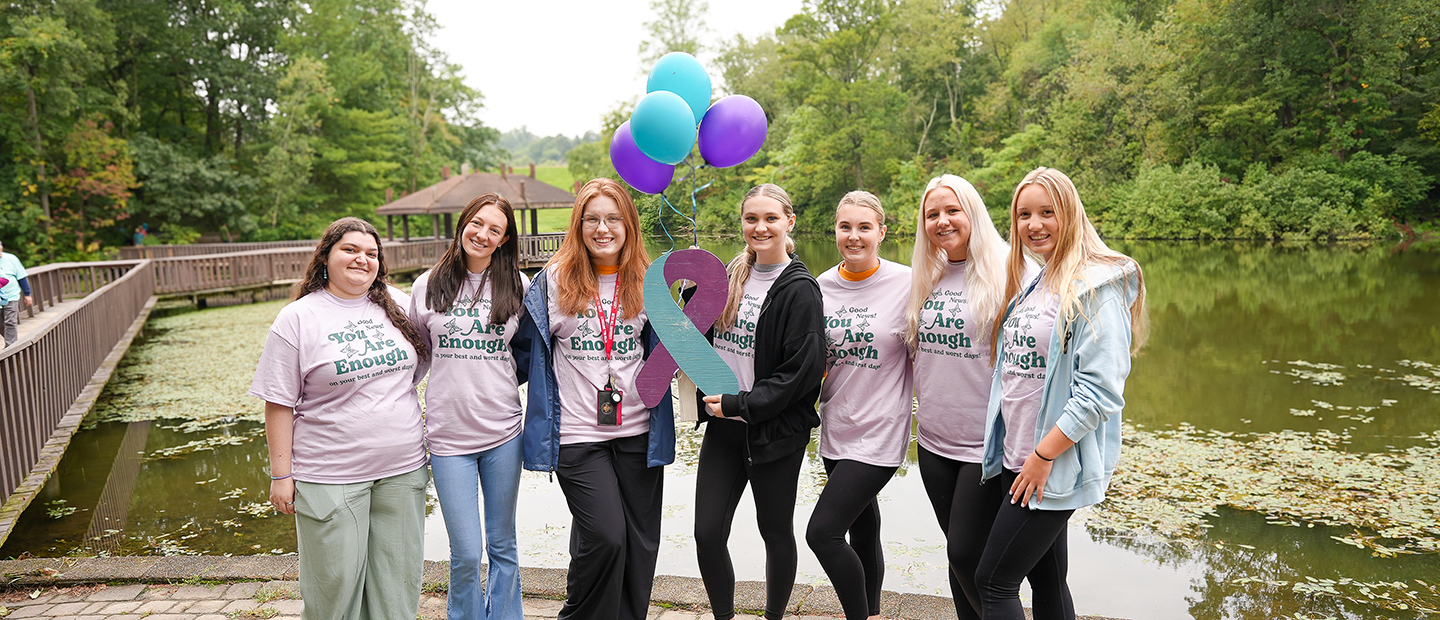CRISPR Experience Key for Seton Hill Natural & Health Science Majors
The 2020 Nobel Prize in Chemistry has been awarded to two scientists - Emmanuelle Charpentier and Jennifer Doudna - who discovered a revolutionary way to edit DNA. Now commonly referred to as CRISPR (for “clustered regularly interspaced short palindromic repeats”) it is used as a tool in labs around the world.
Haley Lucas, a premed student who is learning to use CRISPR at Seton Hill, became so excited when she learned of Charpentier and Doudna’s Nobel Prize that she sent an email to her professors that read, in part:
“As a female, I felt so empowered that I was also contributing to this research... I am grateful that I attend Seton Hill University. We are given the equipment and professors needed to engage and research this type of promising technology. I believe it is important to have the future healthcare workers be exposed to this technology because it will most likely be our reality.”
"For the women about to enter the STEM workforce - the world knows your worth.”
Haley’s biochemistry professor, Amalene Cooper-Morgan, also had a powerful response to the Nobel news.
“I thought about what this means for every little girl interested in STEM,” she says. “I thought about my students. For the women about to enter the STEM workforce - the world knows your worth.”
Experience with CRISPR gene editing is of value to various majors.
“Many students go on to jobs in biotechnology, become lab technicians, or accept jobs in healthcare,” Dr. Cooper-Morgan says. “CRISPR is a novel, revolutionary tool that can be applied in fields ranging from medicine to agriculture. CRISPR is already being used to fight against Covid-19 (SARS-CoV-2). It is important for our students to familiarize themselves with new and emerging biochemical tools to be competitive in the workforce.”
Kallie Shaffer, a forensic science major, found the experience “time-consuming but worth it.”
“It was a struggle initially to grow the bacteria,” she says “but once we got past that step, we successfully inserted the antibiotic-resistant gene and transformed our bacteria. It was really rewarding.”
Kallie’s career goals are to work in a lab with DNA, “then hopefully to work for the FBI.”
Sierra Luzier, also a forensic science major, had a similar experience.
“After navigating the setbacks and modifying the experiment a little bit, specifically with incubation times, my group was able to get successful, reproducible results,” she says. “The experiment took some dedication outside of lab time, sometimes coming in late at night, but the end result was worth it.”
Sierra is planning to work in a crime lab as a latent print examiner.
Adam Bobak is a biology major who is enrolled in Seton Hill’s partnership program with the Lake Erie College of Osteopathic Medicine (LECOM). Adam plans to become a physician specializing in pediatrics. He also found working with CRISPR an interesting challenge.
“The experience was one that I wouldn’t change,” he says. “It is awesome to say that I have done work with a technology that just recently earned two scientists the Nobel Prize!”



